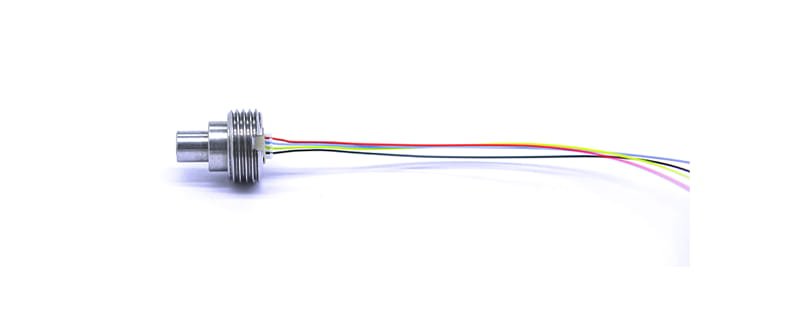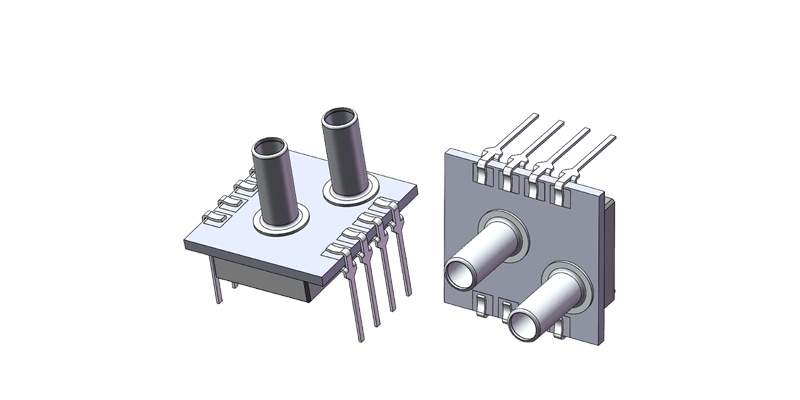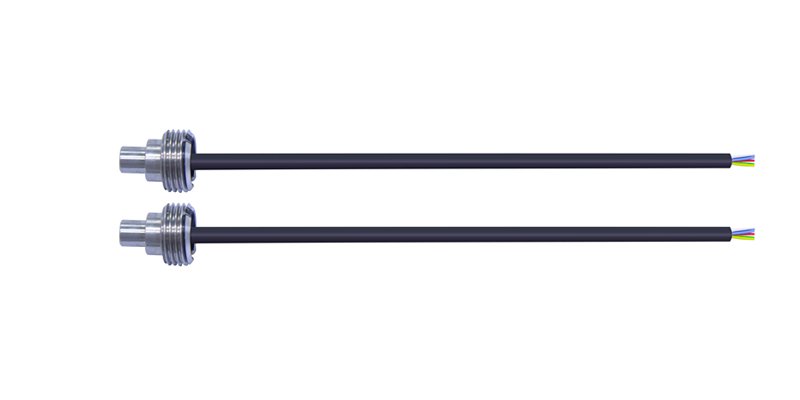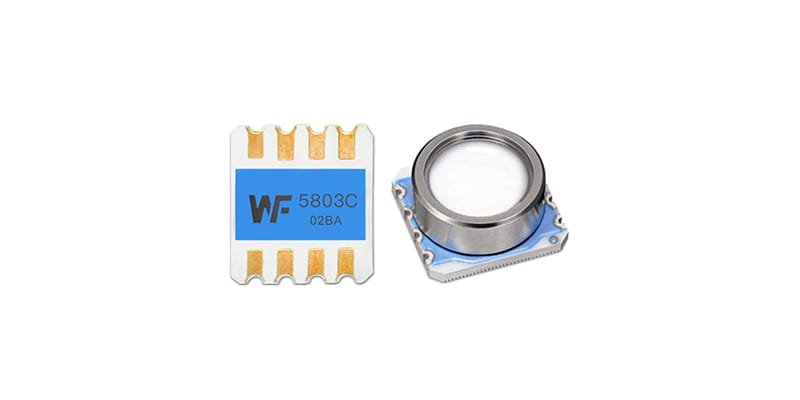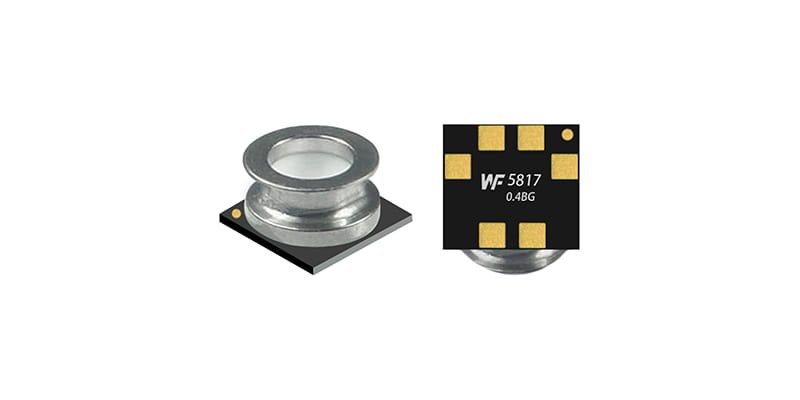水メートル油圧で安定した出力を提供する媒体分離圧力センサー
Media-isolated pressure sensors use a metal diaphragm and oil-filled cavity to separate the silicon strain gauge from the measured fluid. By combining proper materials, diaphragm geometry, 信号コンディショニング (amplified ratiometric or digital I2C/SPI outputs), and temperature compensation, these sensors achieve long-term, linear, and repeatable pressure output in water-meter hydraulic environments.

